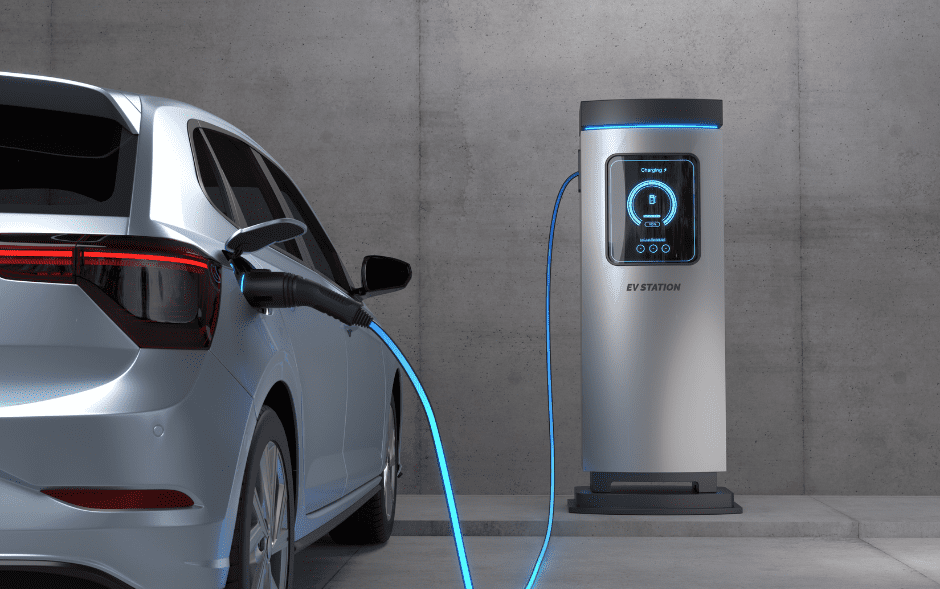Small Impactful Steps to Reduce Carbon Footprint
For small and medium-sized enterprises (SMEs), the concept of sustainability can feel overwhelming. This is especially true when resources are tight. Many SMEs believe that meaningful carbon reduction strategies require large budgets, dedicated sustainability teams, or access to advanced technology. However, even businesses with limited resources can take impactful steps to reduce their carbon footprint and improve sustainability.
The key to success lies in making small, manageable changes that contribute to a greener planet and also bring tangible benefits such as cost savings and operational efficiencies. In this guide we explore practical ways SMEs can achieve sustainability efficiently and cost effectively.
Need support in getting started?1. Focus on Energy Efficiency For Business First
Energy consumption is one of the largest contributors to an SME’s carbon footprint, but it’s also an area where small, cost-effective changes can make a significant difference.
- Upgrade to LED Lighting: According to the Department of Energy replacing conventional lighting with energy-efficient LEDs can cut lighting costs by up to 75%. This is an easy, low-cost solution that quickly reduces both energy consumption and bills .
- Smart Energy Management: Installing smart meters or energy monitoring tools can help track energy usage and identify inefficiencies. Simple actions, like adjusting thermostats or turning off unused equipment, can yield noticeable savings.
- Improve Insulation: Properly insulating offices or facilities can reduce heating and cooling costs, improving energy efficiency and lowering emissions. (The Carbon Trust)

The Carbon Trust also reports that improving energy efficiency can reduce operational costs by up to 20%
2. Reduce Waste to Save Resources and Cut Emissions
Reducing waste offers a dual benefit: it lowers environmental impact while saving money. Even simple actions can yield substantial results.

- Conduct a Waste Audit: IIdentify waste in your operations to pinpoint areas for improvement. Excess packaging or inefficient use of materials can often be reduced. This can lead to both environmental and financial benefits.
- Implement Recycling Programs: Establishing a workplace recycling system can reduce the amount of waste sent to landfills. It can also lower disposal costs. Make recycling easy and accessible by placing bins in key areas (WRAP Recycling Resources).
- Digitise Processes: Transitioning to digital solutions for billing, record-keeping, and communication can reduce paper waste, lower emissions, and improve operational efficiency.
By reducing waste, businesses can have a meaningful impact on both their carbon footprint and cost management.
3. Use Affordable Tools to Measure and Manage Carbon Footprint
Understanding and tracking your carbon footprint is important for making informed sustainability decisions. Many SMEs shy away from this step, assuming it’s too complex or expensive. However, tools like Achilles’ Carbon Management Module provide affordable, easy-to-use solutions for businesses at any scale.
This module allows businesses to:
- Measure their Scope 1 (direct emissions from operations) and Scope 2 (indirect emissions from purchased electricity) emissions.
- Identify key areas for emissions reductions and track progress over time.
To take your sustainability efforts further, Achilles’ Carbon Reduce Programme. The programme offers verified carbon reduction and ISO 14064 accreditation, ensuring your progress is credible and reportable.
4. Switch to Renewable Energy When Possible
Adopting renewable energy is one of the most impactful ways to reduce a business’s carbon footprint. The initial investment may seem high but renewable energy can be affordably by exploring green tariffs or government incentives.
- Green Energy Tariffs: Many energy suppliers now offer renewable energy at competitive prices. Switching to a green energy provider is one of the simplest ways to reduce emissions without major operational changes.
- Solar Energy: Solar Energy: Installing solar panels requires upfront investment but grants and subsidies are available. The UK’s Smart Export Guarantee program, can help cover the costs. Over time, solar energy can provide significant savings on electricity bills.

….
5. Sustainable Transportation Practices
For businesses with delivery services or on-the-go operations, transportation can be a significant source of emissions. While switching to an electric fleet might not be feasible immediately, there are smaller steps businesses can take.

- Carpooling and Public Transport: Encouraging employees to carpool or use public transportation can reduce commuting emissions. Offering incentives or reimbursement for public transport passes can also motivate staff to choose greener commuting options.
- Route Optimisation: Using route planning software to optimise deliveries can reduce fuel consumption and cut emissions. This will provide a more sustainable and cost-effective approach to business operations.
As electric vehicle (EV) adoption becomes more accessible, businesses can begin planning by gradually introducing EVs into their fleet. Many government incentives help to reduce the upfront costs. For example, there are currently grants aimed at SMEs available for charge point installations on office premises.
6. Leverage Government Grants and Incentives
Many governments are actively supporting SMEs in their sustainability journeys. They are doing this through grants, tax breaks, and financial incentives. These programs can lower the cost of implementing energy-efficient equipment, renewable energy solutions, and waste reduction initiatives.
In the UK, for example, SMEs can access funding through initiatives such as the Energy Efficiency Grant Scheme. This helps businesses invest in low-carbon technologies. Taking advantage of these programs can make achieving sustainability more affordable.
7. Create a Culture of Sustainability
Embedding sustainability into your company culture is crucial for long-term success. This doesn’t require a large budget, but it does require commitment from leadership and employee engagement.
- Employee Engagement: Encourage employees to contribute to sustainability efforts. This could include reducing waste in the office or turning off equipment when not in use. Staff often come up with innovative, low-cost solutions to sustainability challenges.
- Education and Training: Providing workshops or training sessions on sustainability can help employees understand their role in reducing the company’s environmental impact.
- Sustainability Champions: Appoint internal champions who can lead initiatives and keep the company on track toward its sustainability goals.
By fostering a culture of sustainability, SMEs can build a more engaged, eco-conscious workforce that contributes to lasting environmental and financial benefits.
Conclusion: Small Changes Lead to Big Impact
Achieving sustainability with limited resources is possible for SMEs. By taking small, practical steps, businesses can reduce their carbon footprint. The first step can be improving energy efficiency and reducing waste Measuring emissions helps track progress and exploring renewable energy sources can also make a big difference.
Programs like Achilles’ Carbon Management Module provide accessible tools for SMEs to manage and verify their sustainability efforts
Taking action now helps meet sustainability goals and ensures long-term competitiveness. With the right tools, incentives, and a proactive approach, SMEs can balance sustainability with business success.





